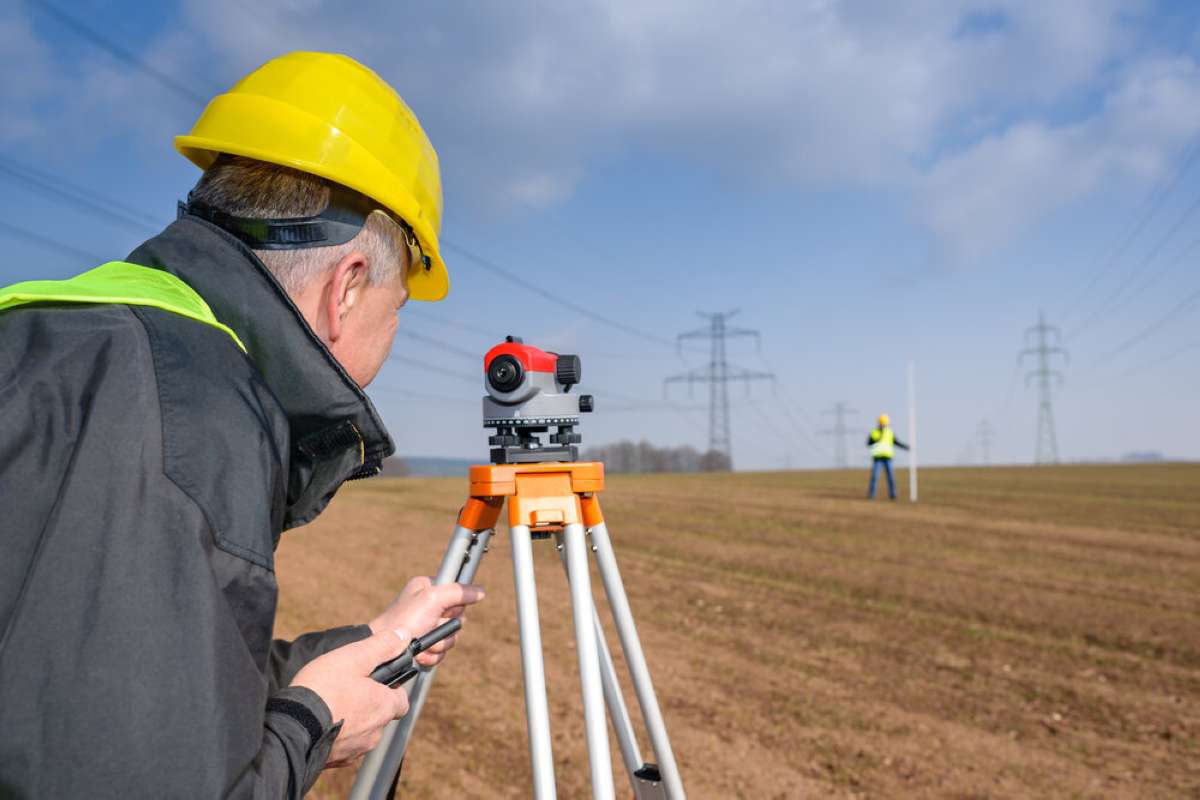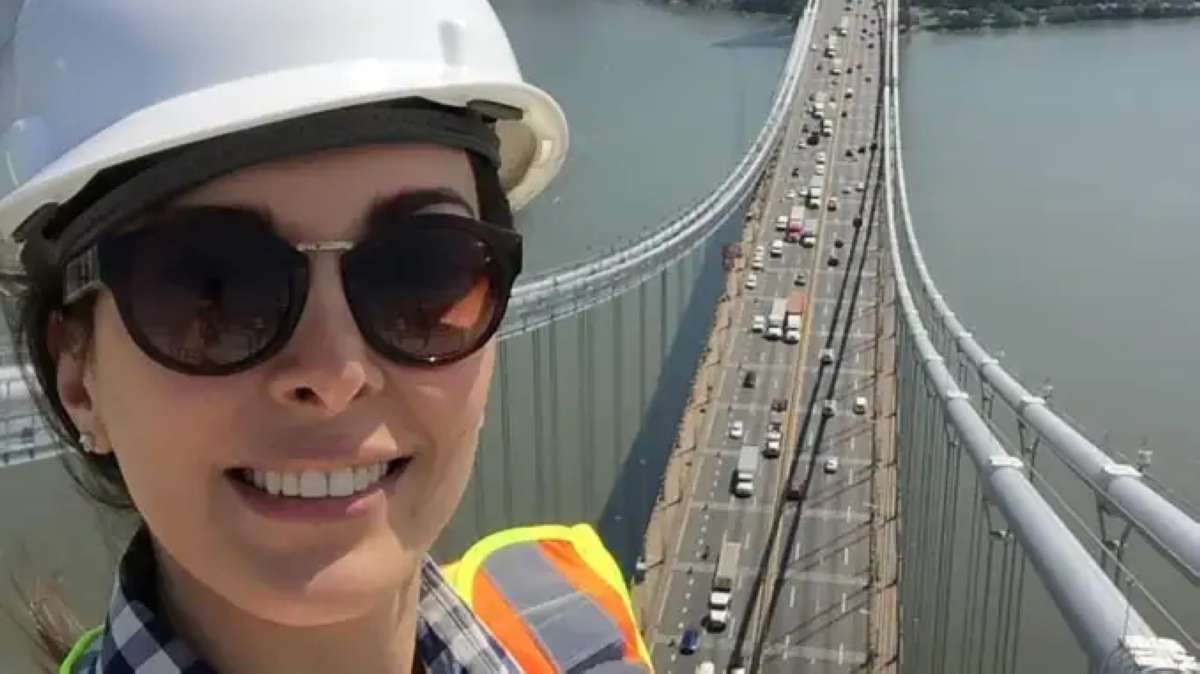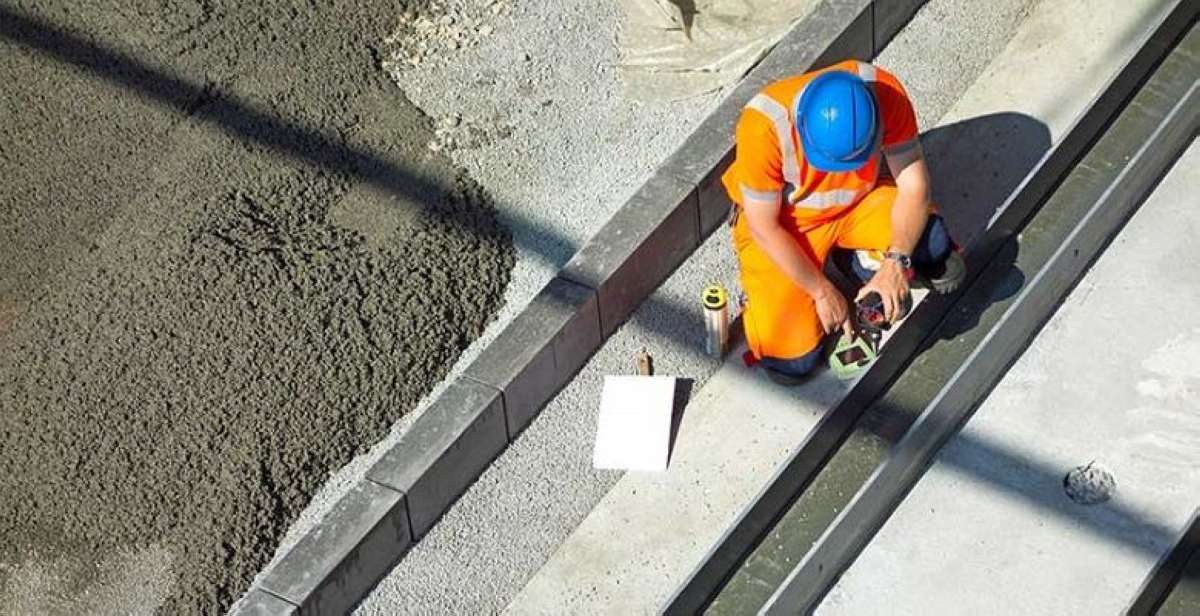Engineers in professional practice bring their own perspectives to the civil engineering subject, and they can play a valuable role in collaborations with science museums. A child typically has early experiences with professionals such as doctors, teachers, dentists, and optometrists, and has an idea as to what bus drivers, shopkeepers, and fire fighters do.
Later in life, many people also gain a personal acquaintance with the work of lawyers and accountants, contractors and gardeners, or perhaps retain an architect to design a house.
By contrast, most people have had no personal interaction with civil engineers. Thus, it requires some effort to present what the profession is and how it is practiced. The engineering thought process can be the basis for familiarizing the public with the work of practicing civil engineers. For example, a typical iterative engineering process proceeds from schematic design to initial analysis, then back to refinement of design and further analysis.

At a simple level, this process could be mimicked by having a teenager in a museum make a guess as to how far to move two objects of different weight on the two sides of a teeter-totter so that the lever balances, or in essence to conduct a preliminary design. If the visitor is old enough, they could use simple algebra, to make the product of the weight and- distance-from-fulcrum on one side equal the comparable product on the other side. This parallels the way engineers use math to predict results.
Experimentation (pulling a pin to let the lever rotate freely) can be observed to see what happens, resulting in a refinement of the design (placement of weights) and re-calculation to get a better result. The way this thought process is similar to the method used by engineers at a more advanced level in professional practice can thus be conveyed without extensive text or lecture content, simply by hands-on inquiry.

The idea that mathematics and engineering can predict the physical world can be an exciting and novel idea to someone who comes upon the concept for the first time.
With engineering knowledge, it is possible to make a calculation and then see via experiment that the analysis was able to accurately divine the result. This learning experience of how engineering analysis can predict the behavior of a real structure, the actual ground, or the fluids swirling in a river, can be especially vivid when the result of inaccurate analysis is quite graphic.
For example, a model of a beam may break; a tower may tip and overturn because the simulated soil under it is firm on one side and soft on the other; or as the side walls of a model of a river are moved farther apart, causing the water to slow down and drop sediment, the waterway clogs up and makes toy boats run aground.
Engineers learn from failures – though hopefully any significant failures are rare! – and “junior engineers” can similarly learn in the laboratory of the museum.
Design, analysis, and construction services of the civil engineer may be performed in the private sector by civil engineering firms, or sometimes by firms that combine civil engineering with construction contracting or with architecture. Similar practice occurs in some government agencies that design their own facilities rather than retain the services of consulting firms.
For example, a highway department may design some bridges with its own staff, and a local government public works agency may design its jurisdiction’s roads or water drainage systems. In addition, some government agencies have a regulatory rather than design responsibility.

The most common example is the local government building department (sometimes called a Department of Building and Safety or Department of Building Inspection). Drawings and verbal documentation called specifications are submitted to the local building department for its review. Regulations in a legally adopted building code are compared with the features of the design, to verify that foundations are adequate, materials have any required fire resistance qualities, the roof is sufficiently wind resistant, handrails and guardrails are the proper height, posts and beams are adequately strong, and so on.
Following this verification, a building permit is issued. Then, during the construction process, building inspectors visit construction sites and verify that the work is proceeding according to the permit.
Thus, in addition to private sector or public sector civil engineers involved with design work, government agency civil engineer regulators also offer possibilities for collaboration with science museums to explain how their processes work. To engage the public in simulating the process of building a house, for example, visitors could play the role of building inspectors to see if they can find deficiencies in a construction mock-up.
Like the designers who work to develop science museum exhibits, civil engineering designers face many challenges, including funding, permits and regulations, and differences of opinion on the priority of the project or particular characteristics such as aesthetics. An example of a major, multi-billion-dollar civil engineering project is the replacement of a portion of the San Francisco-Oakland Bay Bridge that carries traffic from the mid-bay island, Yerba Buena Island, to Oakland.
That eastern part of the Bridge was damaged in the 1989 Loma Prieta Earthquake, even though the earthquake was centered over 60 miles (100 kilometers) away. A repair completed within about a month restored the bridge to traffic, but policy making then revolved around the issue of whether to retrofit the bridge to improve its performance in the next earthquake, or to tear that portion down and build a completely new
bridge. Eventually the decision was made to build a new bridge that could not only safely resist an earthquake but also avoid the inconvenience of closure for repair after future earthquakes. Another plus for that decision was that a new bridge would of course last longer.
And, from an environmental standpoint, replacement of any of the original foundation piles under the existing bridge to upgrade their strength would also have triggered costly environmental procedures as the mud was disturbed. (The piles were chemically treated timber poles, similar to telephone poles, driven into the soil under the Bay.)
That decision to build a new rather than to retrofit the old raised the issue of who would pay for it – federal government grants, which had buy-American contracting requirements that increased the cost of the steel; statewide taxes; local governments in the area; tolls on the motorists.
Each alternative had its interest groups aligned in support or opposition. The appearance of the bridge and its precise alignment were also major issues, having to do with the civic egos of the two cities across the bay from each other, Oakland and San Francisco. As of this writing, the replacement bridge is still under construction and is scheduled to open in 2013.
In other words, a hazardous major bridge visibly damaged by moderate earthquake motion, and which was predicted to do worse in a closer earthquake, will have been carrying millions of vehicles over it for almost 25 years. This is because of the societal context discussed above, not because it takes 25 years to build a bridge once the decisions are made.
By comparison, the entire Bay Bridge, 4.5 miles (7.25 kilometers) long, including several suspension bridge spans, what was the largest bore tunnel in the world through Yerba Buena Island, as well as the eastern portion to be replaced, was completed in half a dozen years in the 1930s.
While the generation-long process of building a replacement for the eastern portion of this bridge is an extreme example, it indicates the challenges civil engineers face in their profession today.
Their technical work interfaces with the realm of politics, economics, and society in many ways. For some museum visitors, presenting this social context of engineering can be an interesting subject, aside from or in addition to the technical aspects of the discipline.
If you liked this article, then please do share it on the Social Media. If you have a question or suggestion? Then you may leave a comment below to start the discussion.

